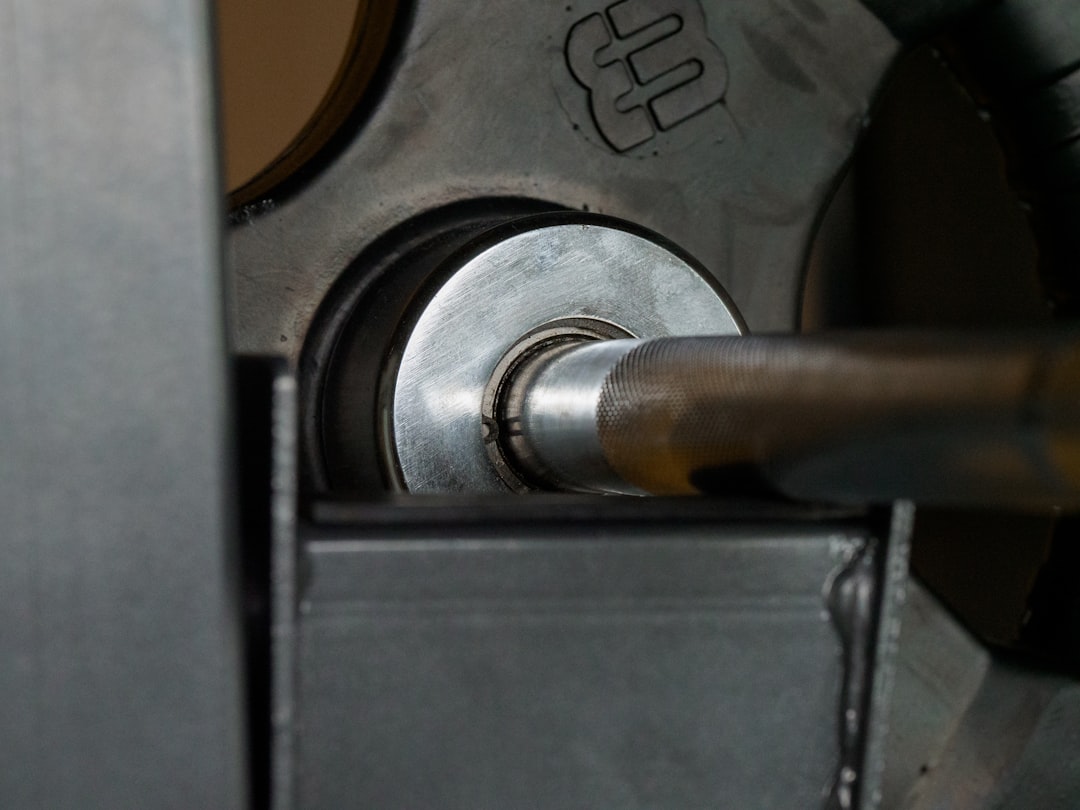Steel Alloys Deep Dive
Decode shear steel alloys, hardness ratings, and performance trade-offs so you can match materials to technique and maintenance habits.

Steel literacy checklist
Understand these data points for every shear you buy:
- Alloy designation (ATS-314, VG-10, SG2, ZA-18, 440C, etc.)
- Hardness range (Rockwell HRC)
- Cobalt, molybdenum, vanadium content (impacting edge life and toughness)
- Heat treatment method (cryogenic, sub-zero, vacuum)
- Coatings (TiN, DLC) and their purpose
Cross-reference with the in-depth Steel Types library for expanded specs.
Performance tiers
| Tier | Alloys | Edge life | Toughness | Maintenance notes |
|---|---|---|---|---|
| S (Flagship) | Powder metallurgy (SG2/SG powder, Nano powder) | Exceptional | Moderate | Requires meticulous tension and pro-only sharpening |
| A (Pro Elite) | ATS-314, VG-10, ZA-18 | Excellent | Good | Balanced; ideal for stylists with consistent maintenance |
| B (Workhorse) | 440C, Micro Carbide, VG-1 | Good | High | Forgiving, great for busy salons |
| C (Advanced Starter) | AUS-8, 9Cr18MoV | Moderate | Very high | Affordable, needs more frequent sharpening |
| D (Training) | 420J2, 3Cr13 | Low | High | Use for backups or chemical stations |
Matching steel to habits
- High maintenance discipline: You can handle Tier S/A steels with frequent cleaning and professional sharpening.
- Heavy-duty work: Choose Tier B steels for durability if you cut thick or coarse hair all day.
- Student kits: Tier C steels keep costs manageable while students learn maintenance habits.
Sharpening compatibility
- Powder steels demand sharpeners with ceramic or diamond wheels and precise angle control.
- Softer steels can be sharpened by reputable mobile sharpeners but still require documentation.
- Coated blades (DLC, TiN) need specialists to maintain coating integrity.
Thermal treatment questions to ask brands
- Do you use cryogenic or sub-zero hardening, and can you share testing data?
- What is the stated HRC tolerance (e.g., 60 ±1)?
- How do you balance edge retention with toughness to prevent chipping?
Brands that answer clearly inspire confidence; vague responses suggest outsourced or inconsistent production.
Action plan
- List the steels in your current toolkit and categorize them by tier.
- Identify gaps—for example, needing a tougher steel for chemical services or a premium steel for dry cutting.
- Update your maintenance schedule to reflect each steel’s edge life and sharpening needs.
For deeper metallurgical insights, consult the source citations inside the reference dataset and collaborate with trusted sharpeners.

